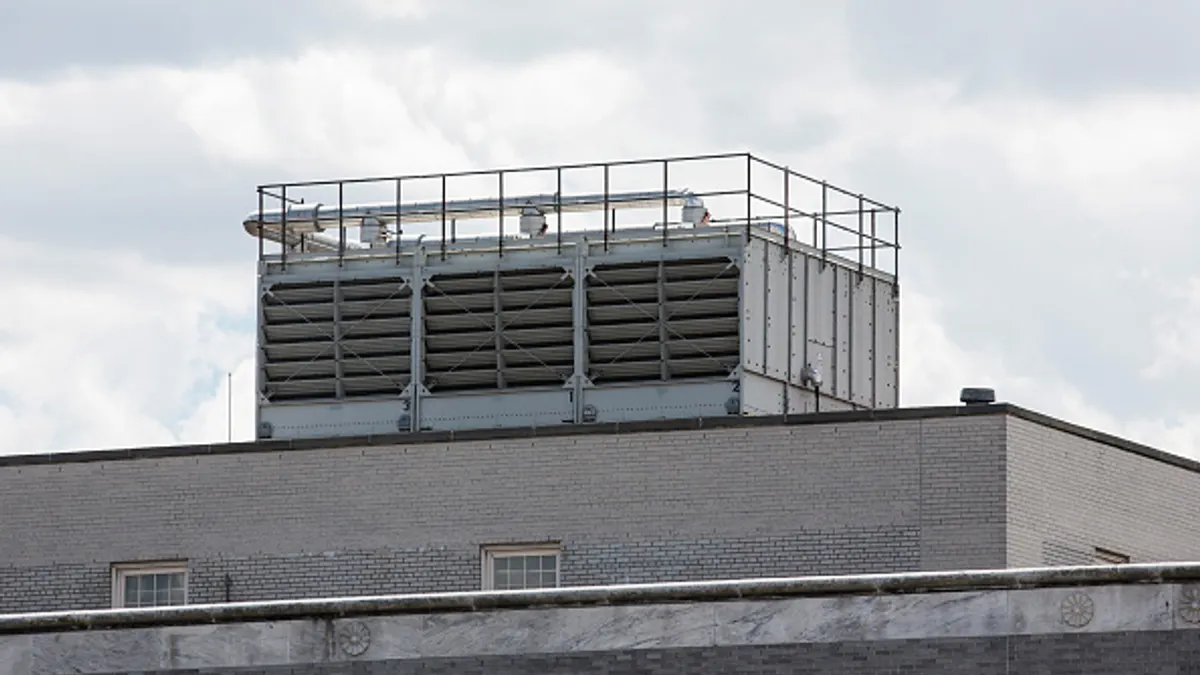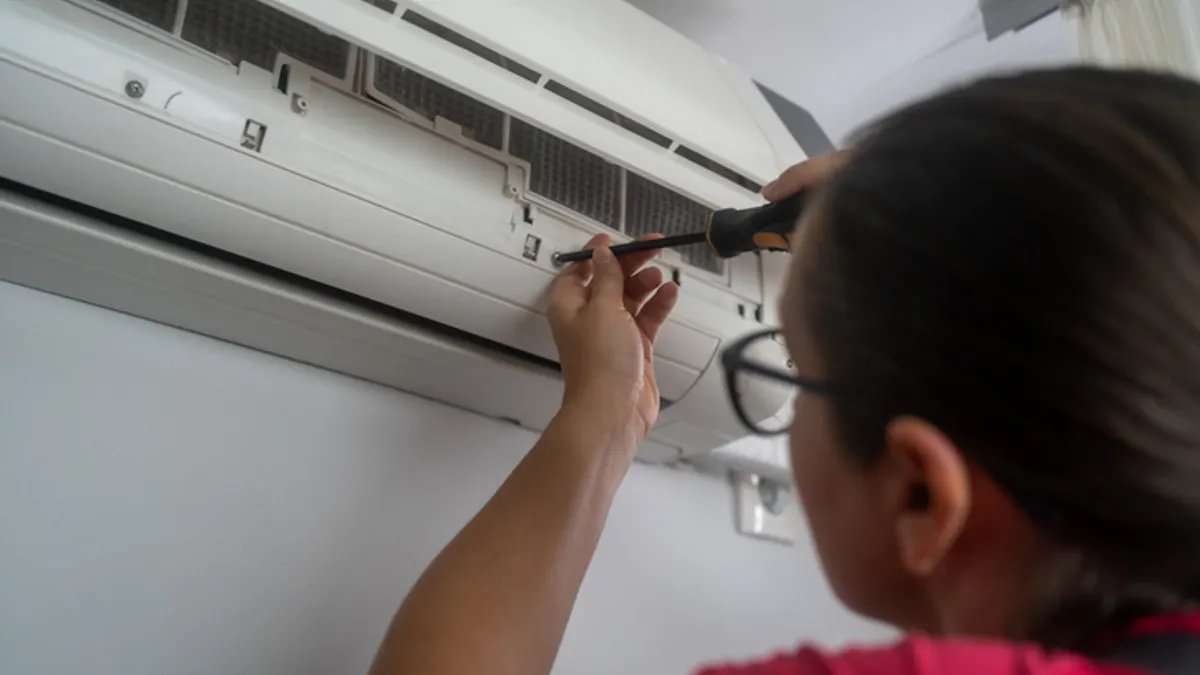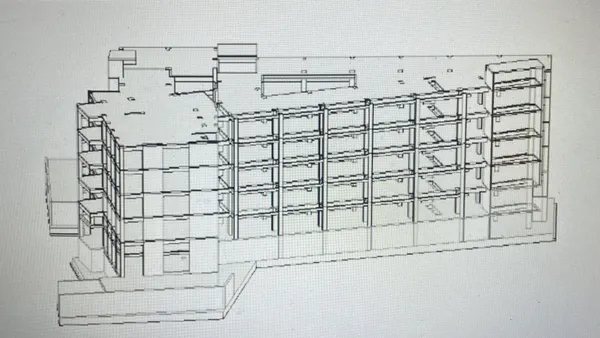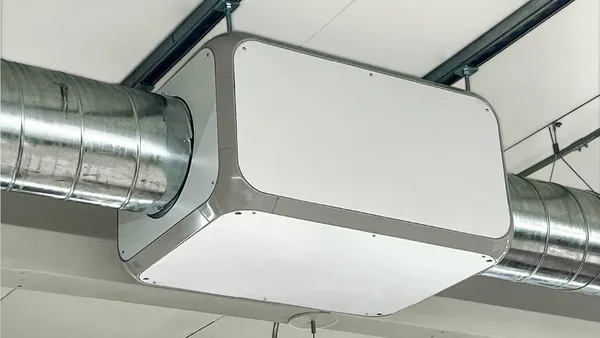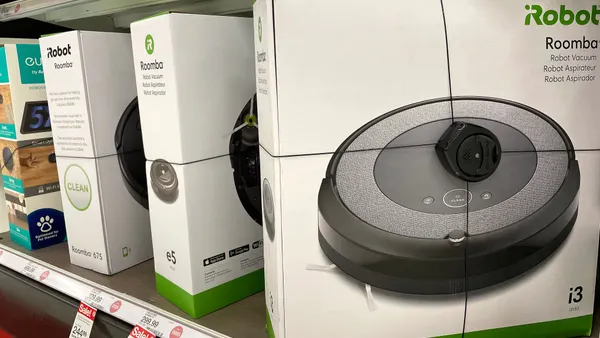Facility managers wanting to lower the chance of a Legionella or other outbreak in their water system are more likely to head off problems by integrating lab test results with their computerized maintenance management system, says Noah Reding, vice president and general manager of real estate and facilities at software company Accruent.
Using the CMMS to analyze test results over time can identify trends before bacteria levels reach a critical threshold, Reding said in an interview.
“If you’re meeting a schedule you’ve had for years and you start to see something that’s abnormal, that’s perhaps a leading indicator that can help you see something [that could lead to an] outbreak,” said Reding.
About half a dozen states and a number of localities require some facilities to test their water systems regularly, but manually spotting trends while they’re still nascent can be difficult.
That’s where CMMS can help.
“The tools are essentially creating a level of insight that lets you take action from a preventative maintenance perspective,” said Reding.
If analysis of the data in the CMMS shows bacteria levels ticking up, even though they remain below threshold levels, facility managers can have technicians conduct more detailed testing or take other action as part of regular work on the water system, Reding said.
“You essentially augment your typical work orders and say, ‘Hey, while you’re out there, capture this data or take this measurement,’” he said. “We’ll send it to the lab and then make sure that new data goes into the system as well. Now you’re tracking not only typical work order status, but you’ve added this data to it as well.”
Early action can head off problems well before they reach a compliance threshold that would trigger intervention, he said.
“It’s all about having a baseline, and if things differ from that baseline, what adjustments can you make?” he said.
A CMMS can be as simple as tracking work orders or as complex as an integration involving data from multiple tools, like those that track indoor air quality along with space usage, so a typical system should be able to easily handle the addition of lab culture test results, he said.
Integration of test results “is a good example of how CMMS tools are used for all kinds of maintenance management, whatever it may be,” he said.



